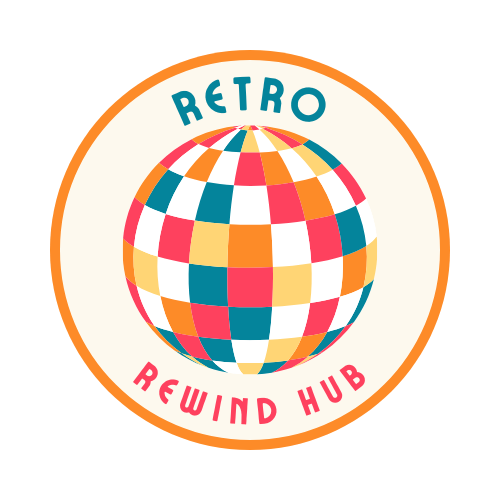20 Everyday Services Boomers Grew Up With That Gen Z Has Never Seen
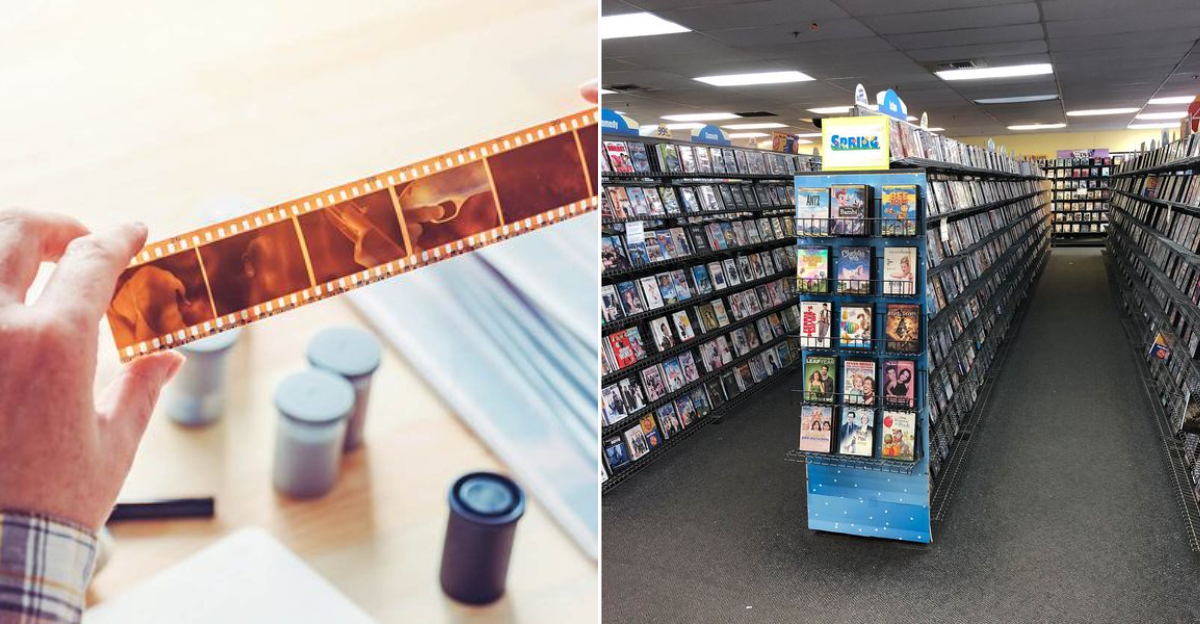
There was a time when getting things done meant a trip to the bank, a call to the operator, or a visit from the milkman.
Boomers grew up in a world where shoe repair shops were on every corner, gas station attendants actually pumped your gas, and a friendly paperboy tossed the morning news onto your doorstep.
Fast forward to today, and Gen Z would probably stare in confusion if you handed them a rotary phone or tried to explain why people once developed film instead of just snapping endless selfies.
What was once an everyday convenience has now become a relic of the past, tucked away in the memories of those who lived it.
1. Milkman Deliveries
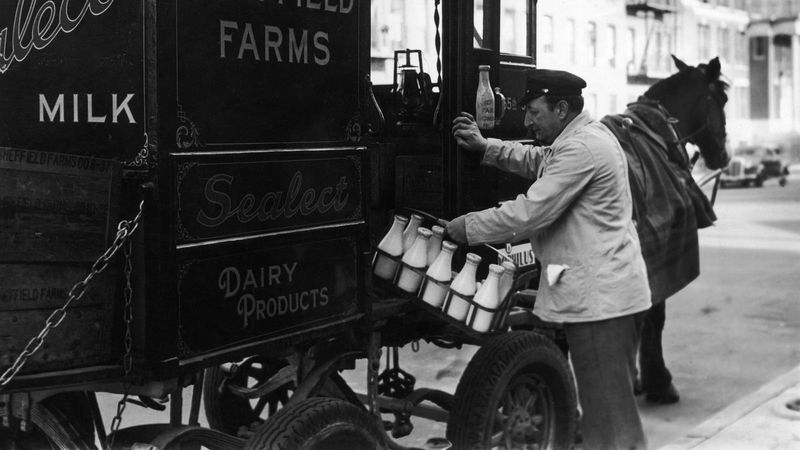
Every morning, the clinking of glass bottles announced the milkman’s arrival. He’d drop off fresh milk at the doorstep, a routine as regular as sunrise.
This service wasn’t just about convenience; it was a neighborhood ritual. Kids would sometimes sneak out early to watch or even chat with the milkman.
Often, he knew families by name, exchanging pleasantries while swapping empty bottles for full ones. This daily interaction was a community glue, something today’s delivery services lack.
2. Phone Booths
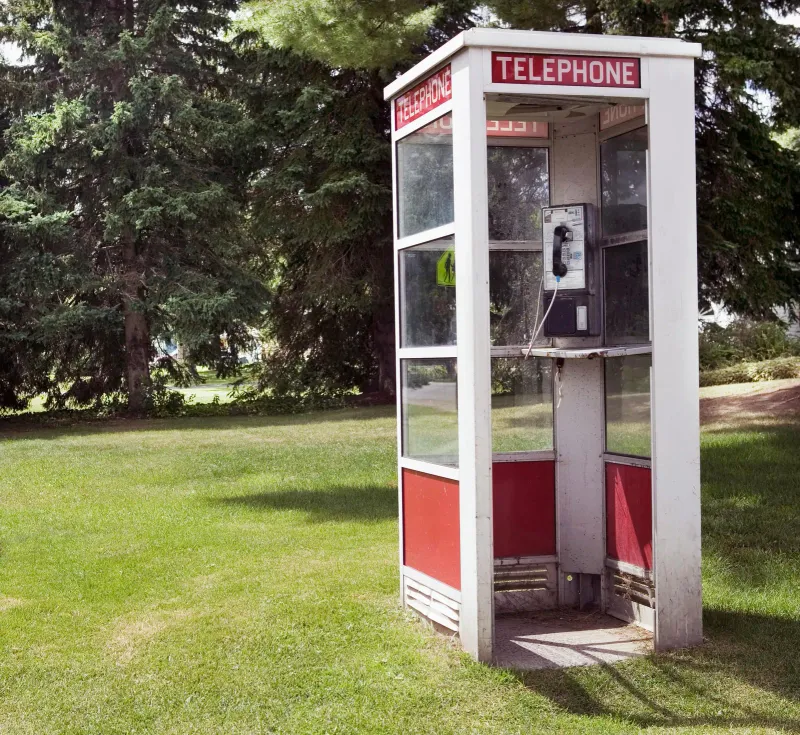
Before smartphones, phone booths were the go-to for urgent calls. These glass cubicles offered privacy, and sometimes, a respite from rain.
People would queue up, coins in hand, waiting their turn to connect with friends or family.
Remembering numbers was crucial, unlike today’s contact lists. The excitement of hearing a distant voice crackling through the line was unmatched. Imagine dodging raindrops to make a call—an adventure on its own.
3. Video Rental Stores
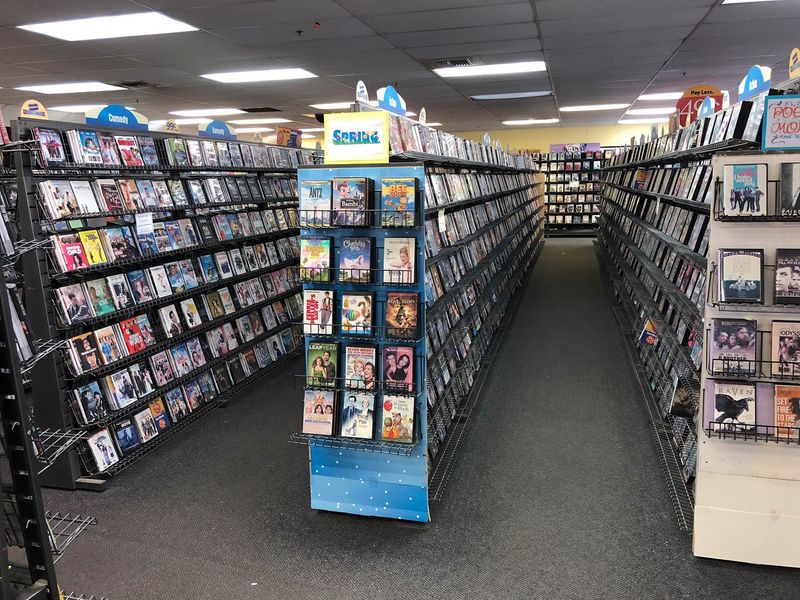
Friday nights often meant a trip to the local video store. Rows upon rows of VHS tapes awaited eager hands. Families would wander aisles, debating which movie to take home.
The thrill of finding that new release, or discovering an old classic, was a shared experience.
Unlike today’s streaming services, video stores fostered a sense of community, as regulars exchanged reviews and recommendations.
4. Drive-In Theaters
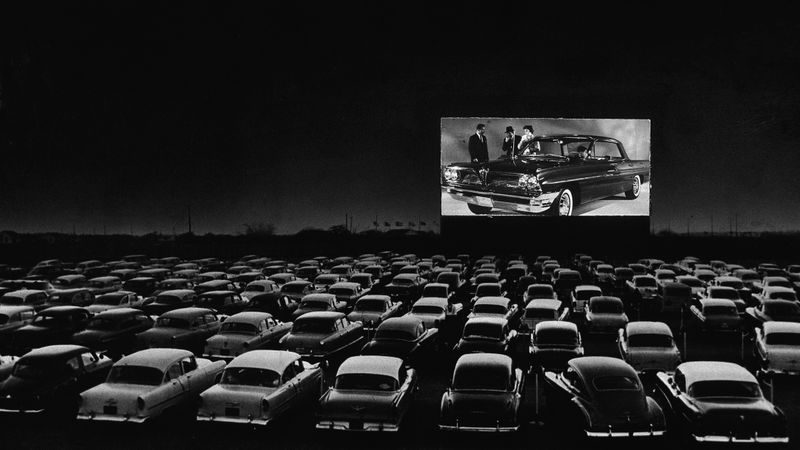
Drive-in theaters were cinema magic on wheels. Families and couples would pack into cars, snacks in tow, ready for an outdoor movie night.
The film flickered under the open sky, surrounded by the comforting sounds of crickets. It was more than just watching a movie; it was an event.
Sharing popcorn while sitting on hoods or tailgates made the experience uniquely communal.
5. Encyclopedias at Home

Before Google, encyclopedias were the ultimate information source. These hefty volumes contained a world of knowledge, ready to be explored page by page.
Flipping through them felt like embarking on a learning quest. Families invested in complete sets, often displayed proudly in living rooms.
The tactile experience of finding answers was something digital search engines will never replicate.
6. Travel Agencies
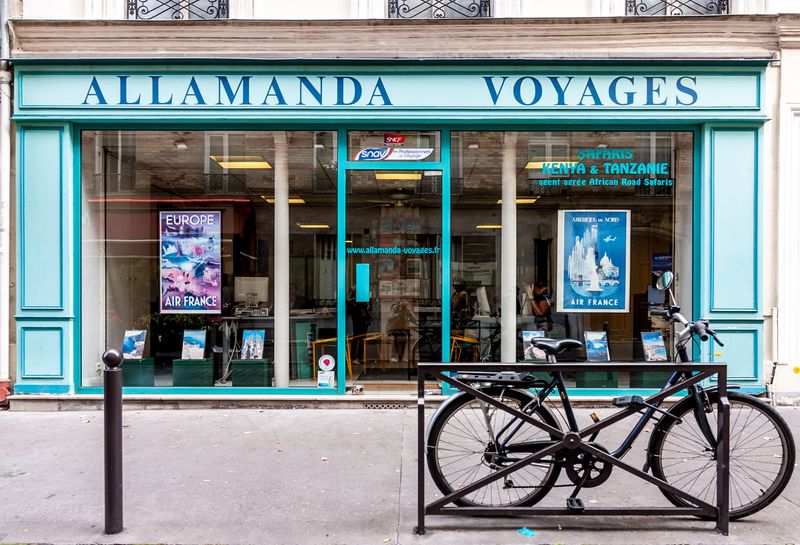
Planning a trip once meant visiting a travel agency. Travel agents, with their insider knowledge, helped craft dream vacations. Booking flights, hotels, and tours involved face-to-face interactions.
Browsing through colorful brochures while sipping complimentary coffee was part of the charm. Unlike today’s solo online booking, travel agencies offered personalized service, turning vacation planning into a shared journey.
7. TV Antenna Adjustments
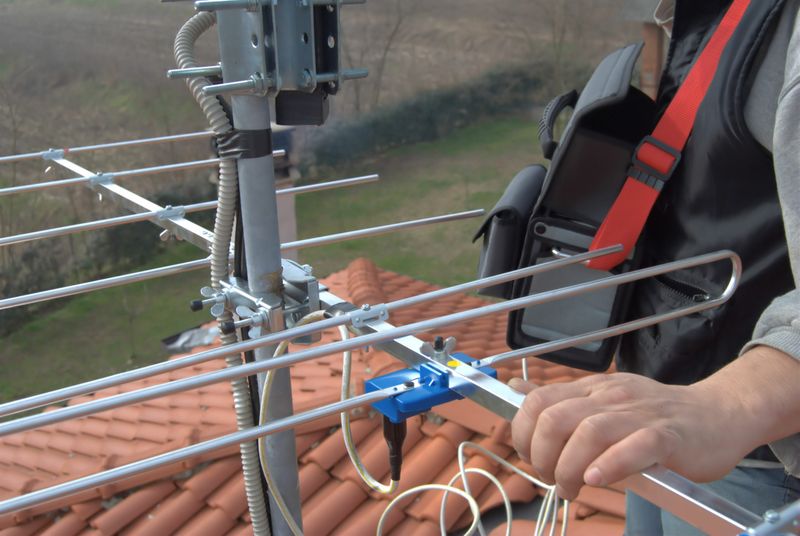
Adjusting a TV antenna was a rite of passage for any boomer. To get the best picture, one had to brave the roof, tweaking the metal arms just so. Family members would shout from inside, guiding the process.
A clear signal was a triumph, a reward for teamwork and patience. Today’s digital streaming has replaced this challenge, leaving behind tales of windy rooftops and snowy screens.
8. Film Cameras and Development
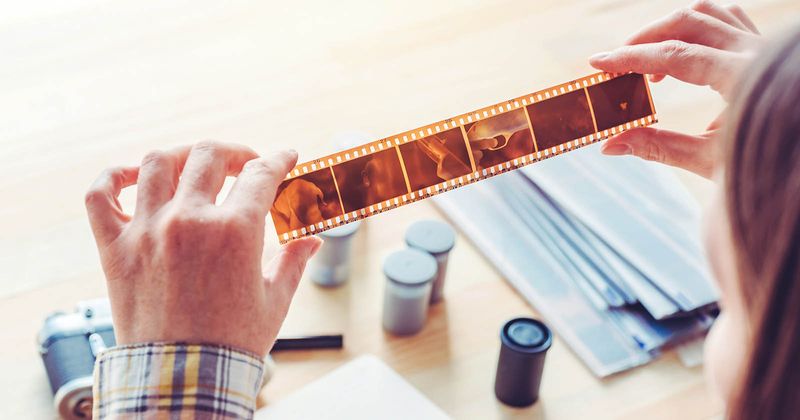
Film cameras captured life’s moments in negatives. Each click was deliberate, knowing every shot cost money to develop. The excitement lay in the wait—hoping the developed photos turned out well.
Trips to the photo lab were filled with anticipation. Unlike instant digital photos, film development was a journey, from taking shots to holding the final print, often with surprises.
9. Full-Service Gas Stations
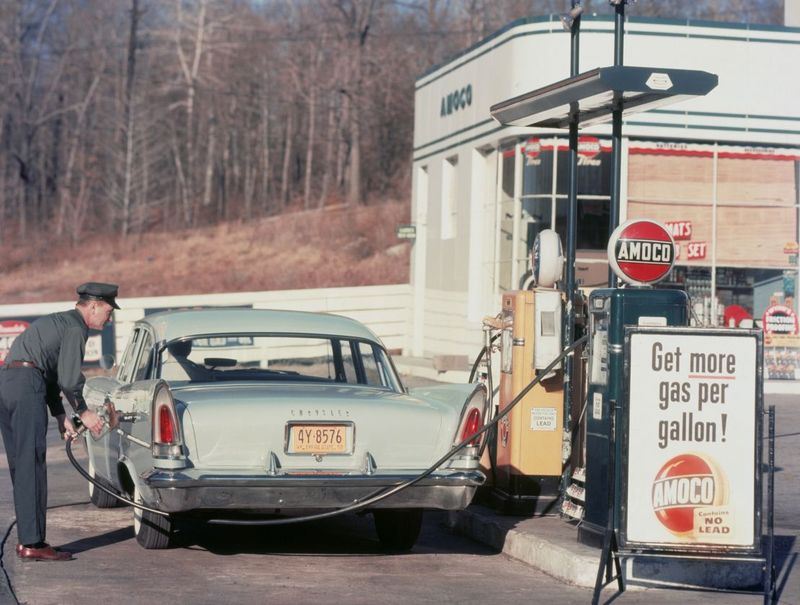
Driving into a gas station once meant more than just filling up. Attendants in crisp uniforms greeted drivers, offering to check oil levels and clean windshields.
This personal touch made refueling a pleasant stop. Sharing a few laughs or catching up on news added to the charm. Unlike today’s self-service pumps, full-service stations felt like a quick pit stop with friends.
10. Pagers
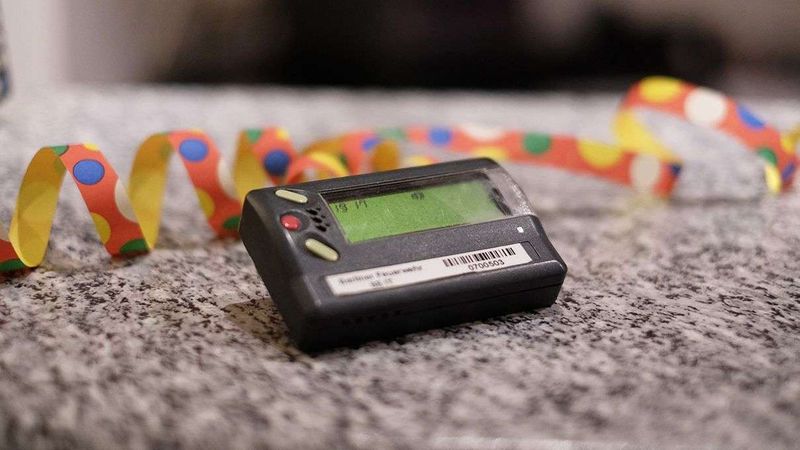
Ah, the pager—a beeping rectangle of urgency. Receiving a page meant finding a phone fast. It was the precursor to texting, demanding swift action.
Businesspeople and teens alike relied on these for communication. The thrill lay in decoding numeric messages, a skill Gen Z might find amusing. Though replaced by cellphones, pagers were the epitome of staying connected.
11. Paper Maps
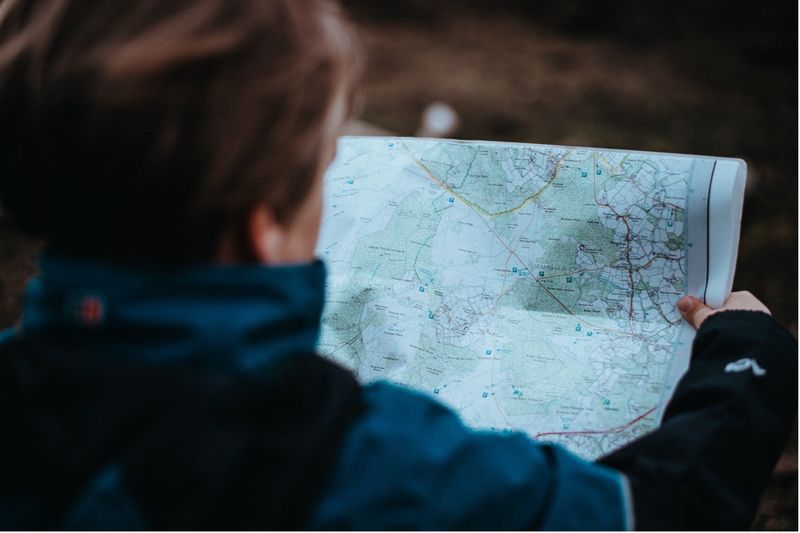
Navigating without GPS once meant unfolding a massive paper map. Passengers played the role of navigator, deciphering routes and landmarks.
The challenge lay in refolding it correctly—a puzzle of its own. Planning road trips involved plotting routes in advance, a stark contrast to today’s digital directions and real-time updates.
12. Rotary Phones
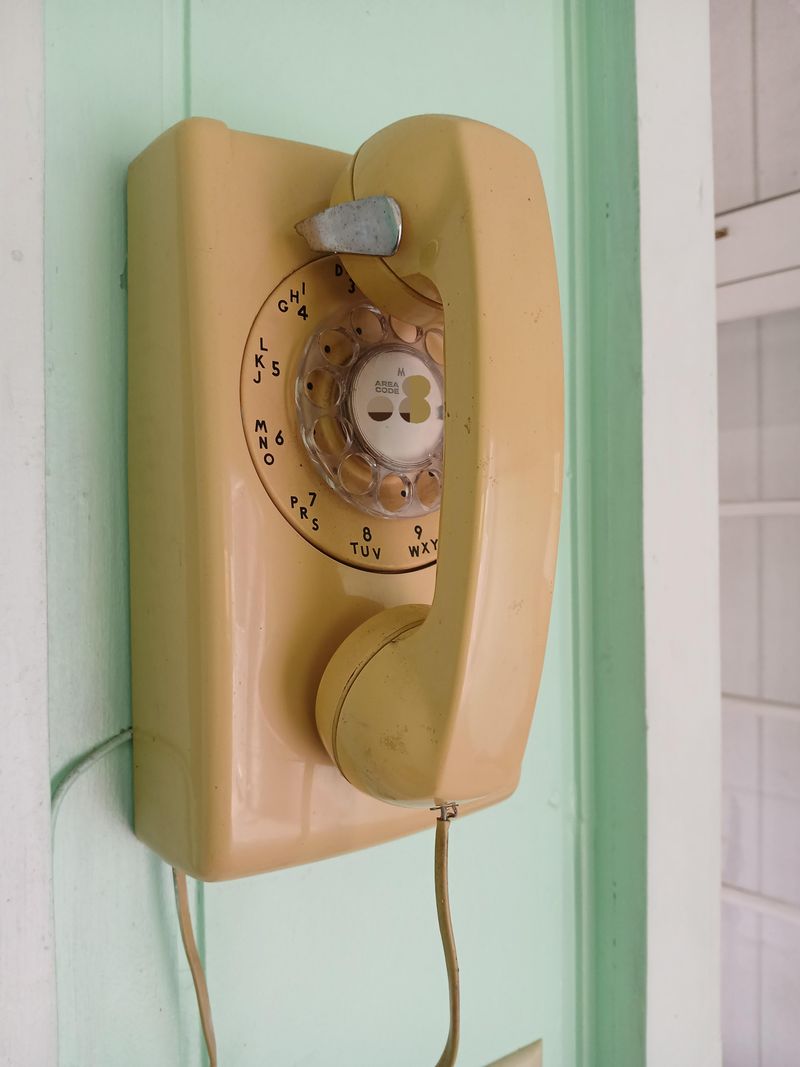
Rotary phones were the centerpiece of communication. Each call began with the deliberate spinning of the dial, a satisfying mechanical whir.
Patience was key, especially for long numbers. Conversations often took place within a fixed radius, dictated by the phone cord. These phones made every call feel like an event, unlike today’s instant connections.
13. TV Guide Magazines
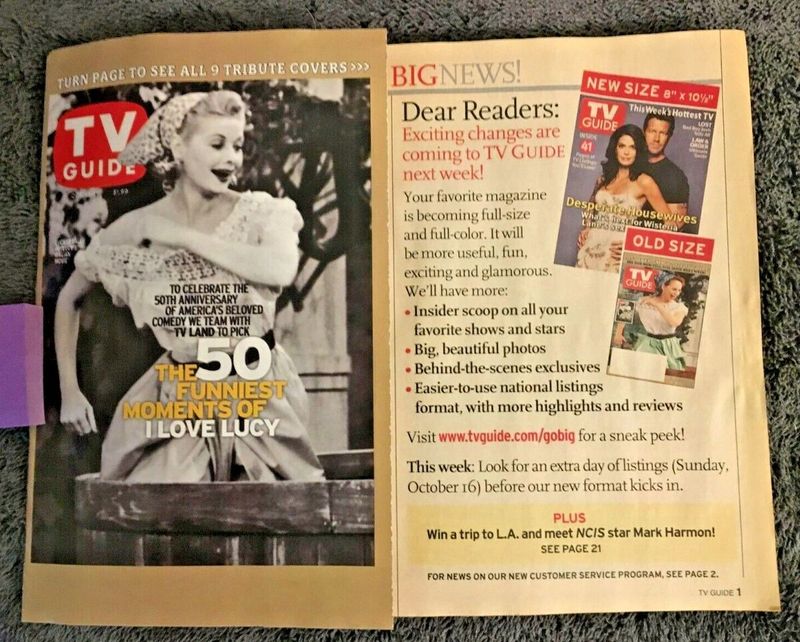
TV Guide magazines were the ultimate planning tool for TV enthusiasts. Each week, homes eagerly awaited the newest edition to plan their viewing schedule.
Flipping through pages, families would circle shows of interest. Highlighting must-watch programs turned TV time into family bonding. Unlike today’s on-demand services, TV schedules were a shared household commitment.
14. Typewriters
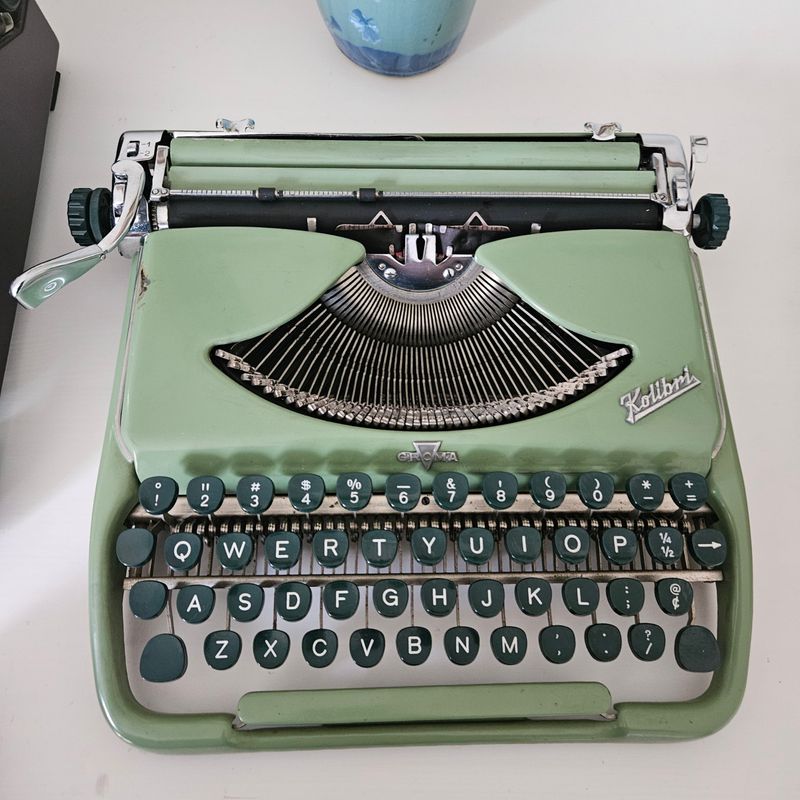
Before computers, typewriters clacked away in homes and offices. Each keystroke was permanent, demanding accuracy and skill.
Mistakes called for patience and correction fluid. The rhythmic sound of typing was a melody of productivity. Unlike today’s keyboards, typewriters required tactile engagement, making each document a crafted masterpiece.
15. Party Lines
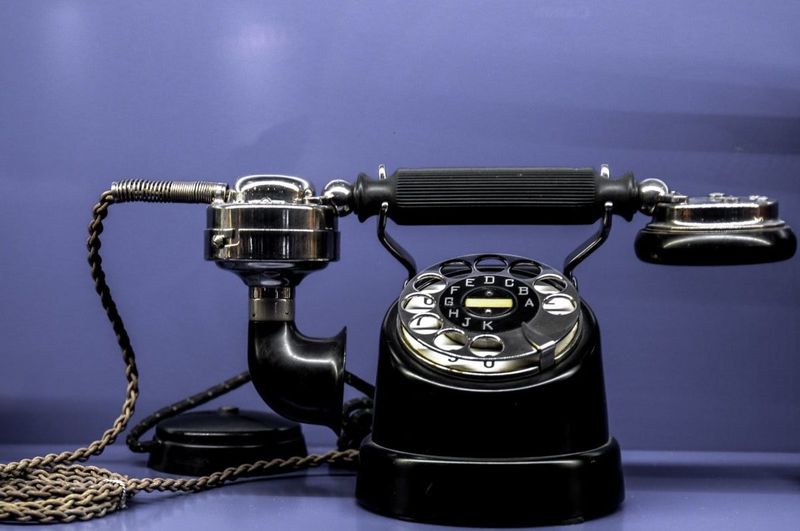
Party lines were a communal communication hub. Multiple families shared a single line, often overhearing each other’s calls.
This shared service required patience, as one had to wait for the line to clear. Occasionally, neighbors listened in, creating a mix of privacy and community. Today’s private lines replaced this eavesdropping opportunity.
16. Newspaper Delivery Boys

Every morning, paperboys cycled through neighborhoods, delivering the news. Rain or shine, they ensured newspapers landed on doorsteps.
This routine was a rite of passage, teaching responsibility and work ethic. Unlike today’s digital news, receiving a fresh newspaper was a tangible connection to the world.
17. Cashiers Calculating Manually
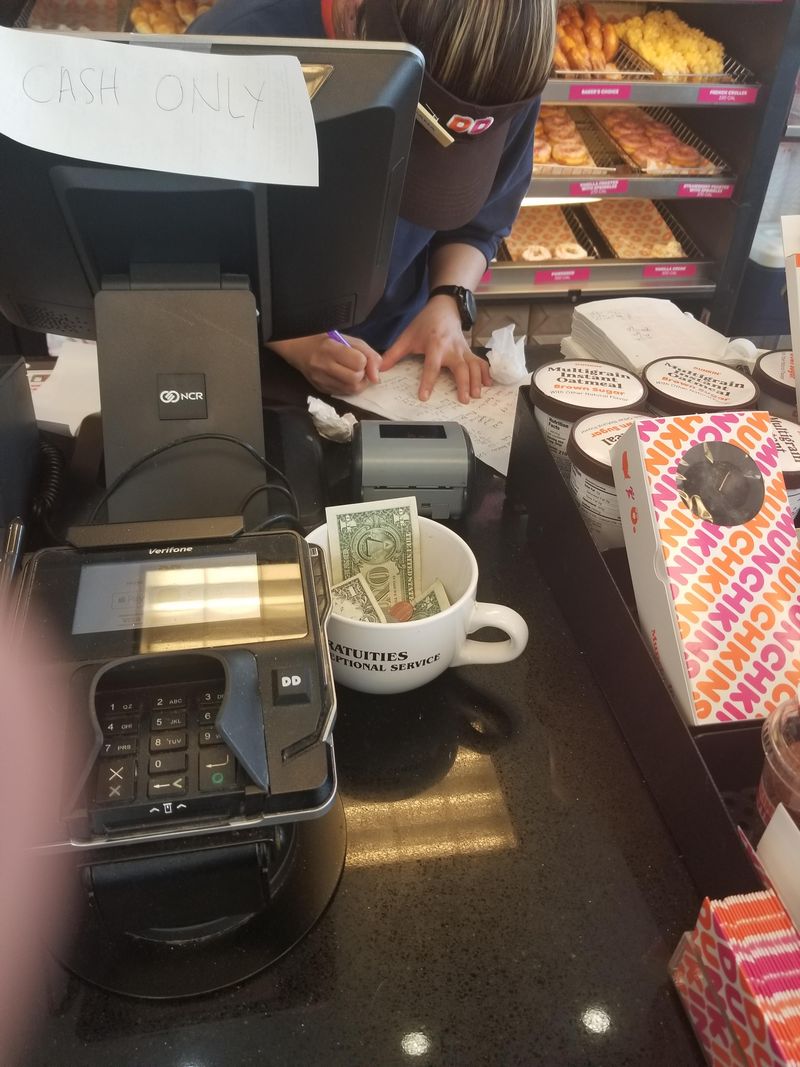
Checkout once meant manual calculations. Cashiers punched prices into registers, using mental math for totals and change.
This skill made each transaction a personal interaction. Unlike today’s automated systems, manual calculations added a human touch, transforming shopping into a more engaging experience.
18. Roller Rinks
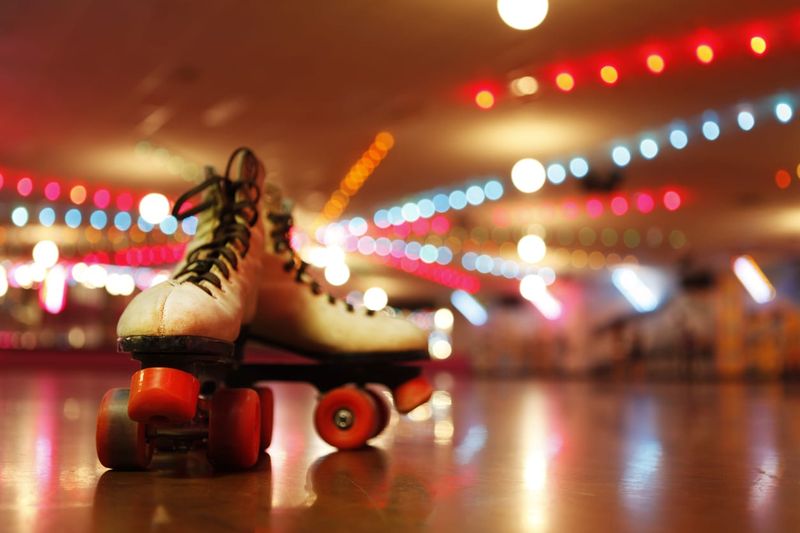
Roller rinks were the epicenter of social life. Under swirling disco lights, teens glided in circles, showing off skills and daring moves.
It was a place to see and be seen, the soundtrack of the latest hits blaring. Unlike today’s virtual hangouts, roller rinks were vibrant hubs of activity and social interaction.
19. Library Card Catalogs
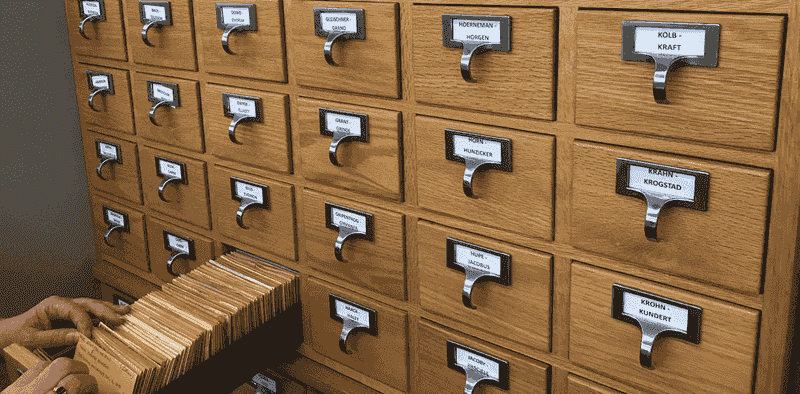
Finding books once meant rifling through a card catalog. Each drawer held the key to library treasures, guiding readers to their next adventure.
The tactile joy of flipping cards was a precursor to digital searches. This analog system required patience and curiosity, turning book hunting into an intellectual quest.
20. Door-to-Door Salesmen
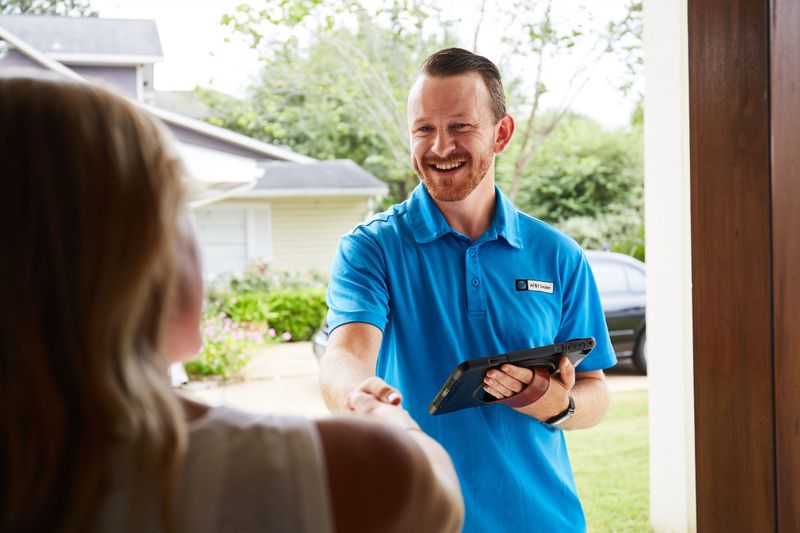
Door-to-door sales were once a common sight. Salesmen, with sharp suits and brighter smiles, pitched products directly to homeowners.
These face-to-face encounters were a blend of persuasion and performance. Unlike today’s online shopping, it was personal, with a human touch and a chance to build rapport.
